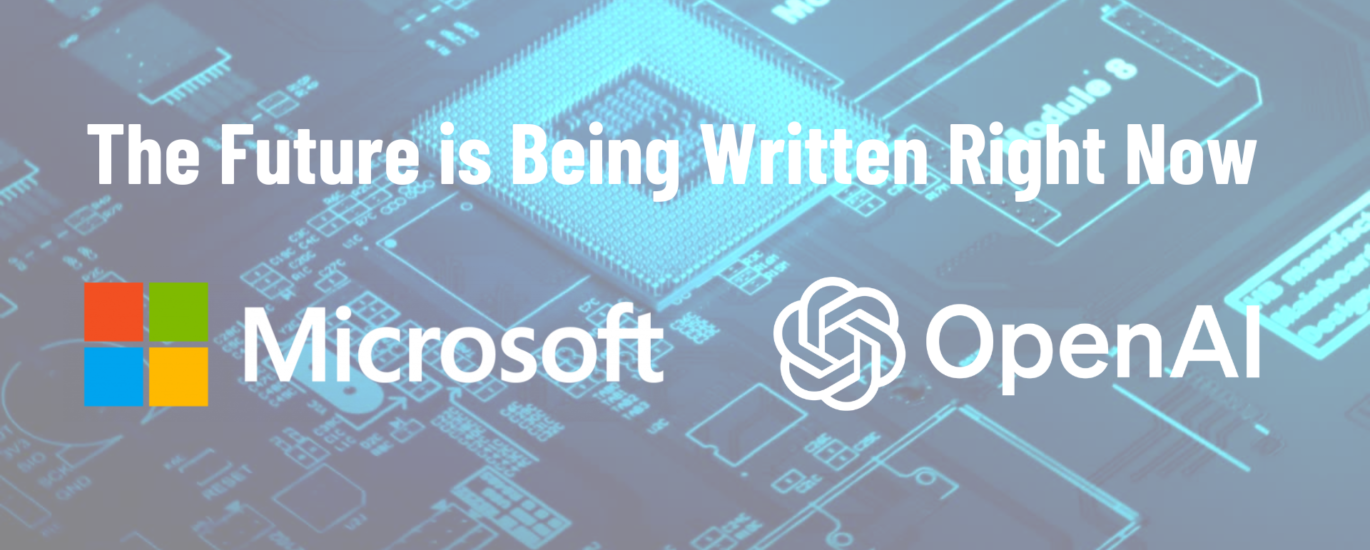


For a long time, I have been met with skepticism and criticism for building a non-profit.
In the world of business, especially as a woman founder, running a non-profit is often equated with being “less of an entrepreneur,” as if only for-profit ventures validate business acumen. This semester of my MBA, however, a business communications course provided an unexpected source of reaffirmation—our class project focused on OpenAI.
We were tasked with evaluating OpenAI’s transition from a non-profit to a capped-profit model and its ongoing considerations around an IPO.
In studying OpenAI’s evolution, I found myself reflecting deeply on my own entrepreneurial journey, the challenges of running a non-profit, and the systemic constraints that have made certain business models more viable than others—especially in African markets.
For years, I have struggled to convince both my internal team and external stakeholders that even though Digital Skills for Africa (DSA) was a non-profit, it was still a business. We had to generate revenue to sustain our work. The distinction between a “non-profit” and an “unsustainable business” has been lost on many, and in many ways, my own organization suffered because the ecosystem in which we operated was inherently non-conducive to growth.
The Reality of Building Non-Profits vs. For-Profits in Africa
The fundamental question that needs to be asked is: why do so many young African entrepreneurs turn to the non-profit model? It’s not for lack of ambition, and it’s not necessarily because they don’t want to build viable businesses. The truth is, the market conditions often make it impossible to build scalable, for-profit ventures in certain sectors—especially in education, digital skills training, and social impact industries.
In my case, raising $400,000 in grant funding was possible because it aligned with donor priorities. But if I had tried to raise that same amount through sales in Malawi, it would have been near impossible. Spending power is low, and funding models for businesses that serve the lower-income population are scarce. So, what do young entrepreneurs do? They pivot towards non-profits because that’s where funding exists.
However, this doesn’t mean the non-profit model itself is flawed. OpenAI proves that non-profits can be multi-billion-dollar enterprises when structured effectively. The issue is not whether a company is non-profit or for-profit, but whether it operates with a viable business model.
When I launched Digital Skills for Africa (DSA) in 2019, my goal was simple: equip young Africans with foundational digital skills to prepare them for the modern workforce. The mission was clear, the impact was evident, and the need was undeniable.
Over the past six years:
By traditional non-profit standards, this was a success. But from a business perspective, DSA was always fighting for survival.
Every investor, partner, and government agency we approached saw the value of digital skills training. But few were willing (or able) to pay for it. The reality was that Africa’s economic environment made it nearly impossible to sustain a business like DSA without external funding.
And that’s the key issue: Africa is an unviable market for many types of businesses—not because the solutions don’t work, but because people and institutions cannot afford them.
Earlier this semester, in my MBA business communications course, we analyzed OpenAI as a case study. The discussion focused on whether OpenAI should remain a capped-profit company or transition into a fully commercial enterprise by going public.
This made me reflect on my own journey. I realized that OpenAI’s trajectory had some striking parallels to my experience with DSA—but also some key differences that explain why OpenAI thrived while DSA struggled.
Founded in 2015, OpenAI was launched as a non-profit AI research lab with a clear mission: to ensure that artificial intelligence benefits all of humanity.
Despite being a non-profit, OpenAI successfully raised billions of dollars. Here’s how:
Despite its non-profit origins, OpenAI has become one of the most valuable AI companies in the world.
If OpenAI had been founded in Africa, it would have faced major obstacles:
Critics often say that African entrepreneurs should build for-profit businesses instead of non-profits.
But the real question is: Can a business survive in Africa’s economic environment?
The reason so many young entrepreneurs start non-profits is because:
Even global investors looking to expand into Africa fail to find scalable, revenue-generating businesses. This is not an issue of ambition—it’s a structural problem with Africa’s markets.
With the lessons I’ve learned, I am now considering incorporating Bien Corporation as a non-profit in the U.S..
Why?
Because my work is inherently impact-focused, but this time, I want to design a sustainable business model that doesn’t rely solely on grants.
This means:
For Africa to produce world-class, scalable businesses, we need systemic change:
For years, young African entrepreneurs have been told that starting non-profits is a failure.
But OpenAI proves that a non-profit can become a billion-dollar company.
The real challenge for African innovators is not whether they should build non-profits or for-profits—the challenge is whether they are operating in a viable market.
To succeed, African entrepreneurs must: ✅ Think globally, not just locally.
✅ Monetize strategically—even in impact-driven businesses.
✅ Push for better funding models and policy support.
If Africa can create a better funding and business ecosystem, we won’t have to choose between profit and impact—we will have both.
Proudly a #Spartan,
Ntha